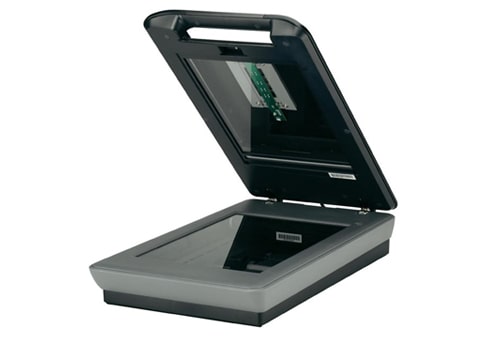


The light source, the sensor, and the filters each have a specific spectral response-the characteristic ways in which they emit or respond to light of varying frequencies and intensities-which combine to determine the color gamut of the scanner. A scanner generally uses a single light source that shines through (in the case of slides and negatives) or reflects off of (prints and objects) an original the light then passes through red, green, and blue filters before being recorded by a sensor. The basic idea is simple, if somewhat inelegant.

Like the proverbial "overnight sensation," the G4000 has been in development since 1998-awaiting, I suppose, the price drops and advances in optical engineering necessary to make it both feasible and practical. This time, it's HP, with its six-channel Scanjet G4000 series. Scanners are hardly considered cutting-edge tech these days, but every now and then some company comes along and surprises me.


 0 kommentar(er)
0 kommentar(er)
